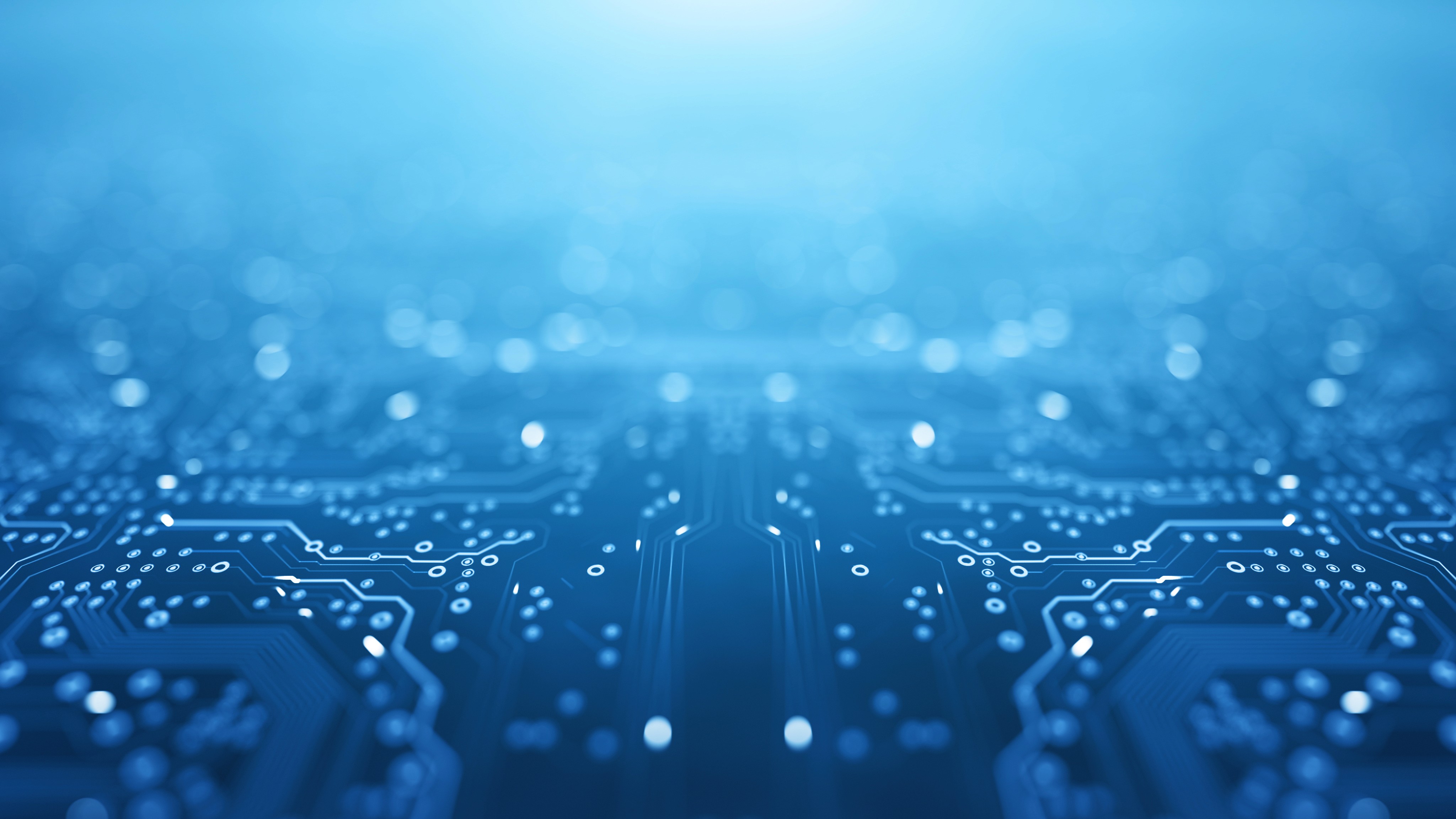AI Inference: A Key Process for Prediction and Production
Artificial Intelligence (AI) represents a major advancement in the field of computer science and data science. It enables machines to perform complex tasks, make autonomous decisions, and learn from data without explicit programming. Among the many aspects of AI, inference plays a crucial role in enabling AI models to make predictions and provide relevant responses in real-world applications. This article explores in detail the key concept of AI inference, focusing on its role, functioning, and various applications.
Understanding AI Inference
AI inference refers to the process by which a trained model is used to make predictions on new data, after its learning phase. During learning, the model is exposed to a vast set of annotated training data, where it seeks to identify patterns, features, and relationships that will enable it to generalize the acquired knowledge to new data. Once the model has been sufficiently trained, it can be deployed in production to make inferences on unlabeled data without needing access to the training data.
Inference vs Learning
The distinction between inference and learning can sometimes seem blurred. In reality, during the learning phase, the model also makes inferences when making predictions on the training data to adjust its parameters. However, in the context of AI, the term “inference” is often used to describe the use of the model deployed in production, while learning refers to the initial phase where the model is trained on annotated data.
The Process of AI Inference
When a model is deployed for inference, it takes new data - which it has not initially seen - as input, and performs calculations based on the parameters it learned during training. The model processes the data and provides a response or prediction based on the knowledge acquired during training. This inference process occurs rapidly, allowing AI models to react in real time to input data and provide instantaneous results for user applications.
Operation of Inference in Image Recognition
To implement inference in object classification from images, a neural network model is first trained on a vast set of training data containing annotated images, where each image is associated with a label representing its class (e.g., dog, cat, car, bike, etc.). During the learning phase, the model adjusts its parameters based on the visual features present in the training images, in order to generalize and recognize new images it has never seen before. Once training is complete, the model is deployed for inference. When it receives a new image as input, the model performs calculations based on the parameters learned during training and assigns probabilities to each possible label for that image. The class with the highest probability is ultimately chosen as the image's classification label.
Inference is a fundamental process in machine learning, enabling models to make informed decisions and provide relevant responses in various domains. By deploying pre-trained models, inference allows AI to integrate into our daily lives, thereby improving many aspects of our modern society. As advances in inference continue, it is essential to maintain a balance between efficiency and accuracy to fully exploit the potential of artificial intelligence in our ever-changing world. Applied to image recognition, inference offers exciting possibilities in many areas of daily life. Through advanced machine learning models, image recognition systems can now perform tasks that were once reserved for humans, paving the way for new applications and technological advancements.
